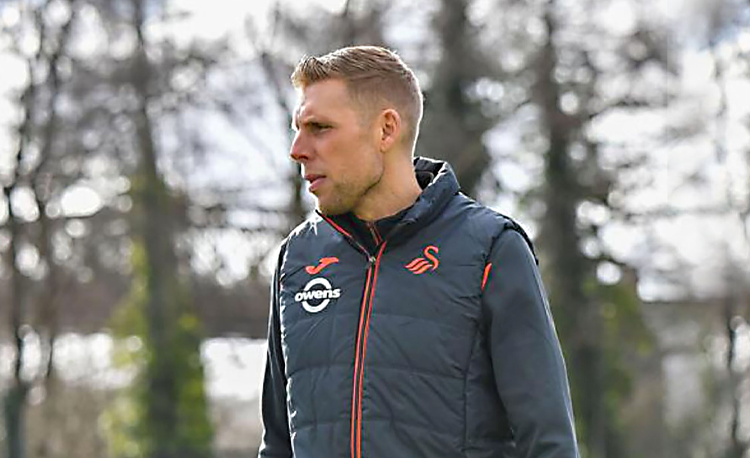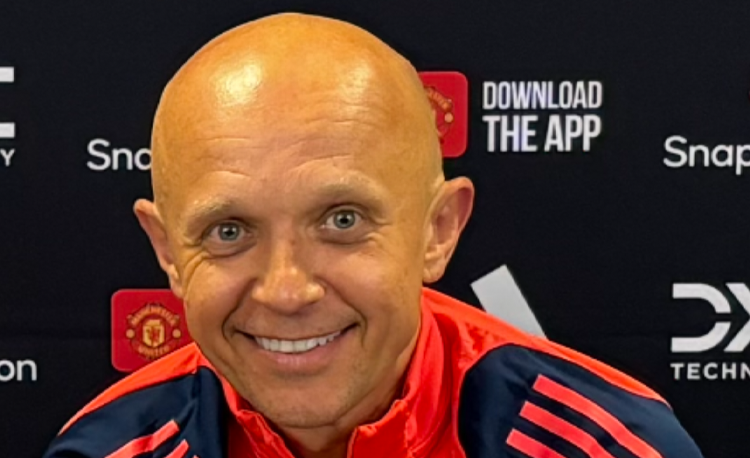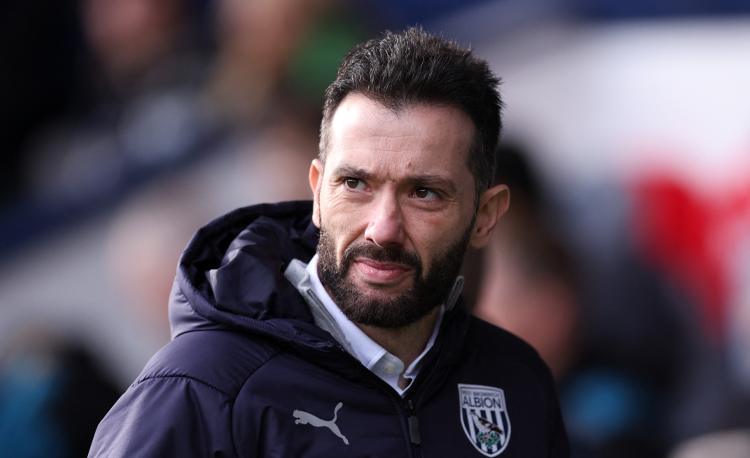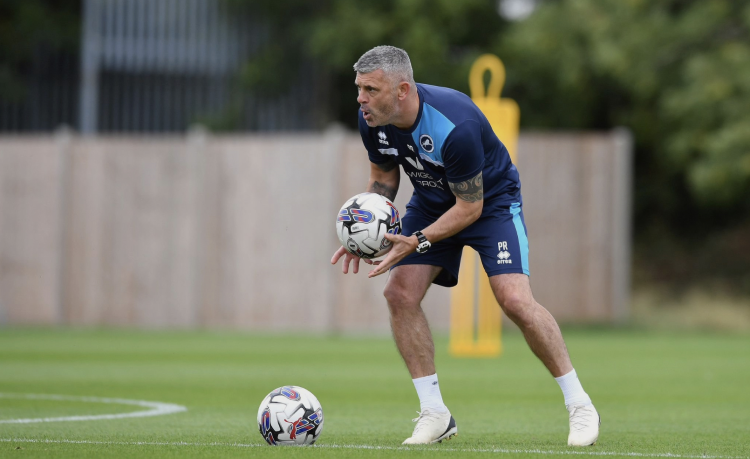You are viewing 1 of your 1 free articles
Crossing and finishing
At Norwich City, we believe that you have to train the way you play, and this is a positive crossing and finishing routine that is direct and makes players adopt good habits.
| Area | Final third |
| Equipment | Goal, balls |
| No. of Players | 9 (6 wingers, 2 strikers, 1 keeper) |
At Norwich City, we believe that you have to train the way you play, and this is a positive crossing and finishing routine that is direct and makes players adopt good habits.
Crossing and finishing are fundamental elements for scoring goals and winning games. This rehearsed set-up of crossing with pace and timing, combined with well-judged and executed forward runs, has paid off for us many times this season.
Our top scorer this year, Grant Holt, has 12 goals to his name, including a hat-trick in the East Anglia derby against Ipswich Town. One of his goals that day relied purely on elements rehearsed in this session, so for us it has been proven to be very important.
What do I get the players to do?
The ball starts with one of two strikers positioned outside the D, flanked by two groups of three wingers. Once the ball is passed out to any winger, the strikers sprint towards goal, one ending at the near post and the other at the far post.
While this happens, the winger advances down the flank to send over a cross that either frontman finishes past the keeper.
Now, you can return the strikers to their original position, or start a rotation of pairs of strikers for each attacking phase.
Advance the move by alternating the approach of the wingers and the style of delivery, but involve both right and left wingers in equal measure, and ensure that each phase is conducted at a high tempo.
1

2

3

What are the key things to look for technically/tactically?
Passing, crossing and finishing can never be over-rehearsed, but a good sense of timing is also essential, particularly for forwards looking to arrive at the front and back posts. Quality of first touch is also key, and we’re always looking at accuracy, weight and variation of delivery in a move that should remain game-realistic at all times.
How do I progress the session?
We progress the session by continuing to vary the set-up, at first bringing in a defender to block and delay the runs of the attackers. We then invite a full back to close down the winger, which should encourage those on the flanks to combine, changing the start point and the angle of the cross.
The attacking duo should also look to cross over runs so as to make themselves more difficult to
pick up.
It’s important to let players act out their own scenarios as well, so we would continue to add players – an inrushing midfielder, for instance – as well as recommending further variations of cross, so long as the drill always retains its flow and tempo.
4

5
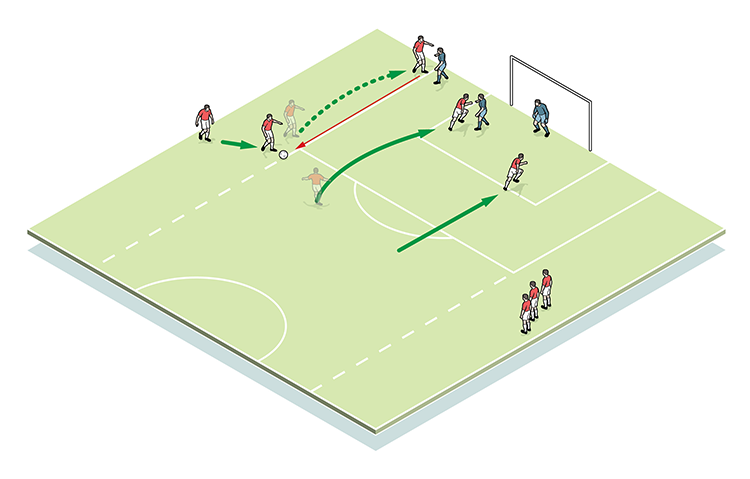
6

Related Files
Editor's Picks
Using the goalkeeper in build-up play
Pressing principles
Intensive boxes drill with goals
Penetrating the final third
Creating and finishing
My philosophy
Pressing initiation
Compact team movement
Defensive organisation
Coaches' Testimonials

Alan Pardew

Arsène Wenger

Brendan Rodgers

Carlos Carvalhal

José Mourinho

Jürgen Klopp

Pep Guardiola

Roy Hodgson

Sir Alex Ferguson

Steven Gerrard
Coaches' Testimonials

Gerald Kearney, Downtown Las Vegas Soccer Club

Paul Butler, Florida, USA

Rick Shields, Springboro, USA

Tony Green, Pierrefonds Titans, Quebec, Canada
Join the world's leading coaches and managers and discover for yourself one of the best kept secrets in coaching. No other training tool on the planet is written or read by the calibre of names you’ll find in Elite Soccer.
In a recent survey 92% of subscribers said Elite Soccer makes them more confident, 89% said it makes them a more effective coach and 91% said it makes them more inspired.
Get Monthly Inspiration
All the latest techniques and approaches
Since 2010 Elite Soccer has given subscribers exclusive insight into the training ground practices of the world’s best coaches. Published in partnership with the League Managers Association we have unparalleled access to the leading lights in the English leagues, as well as a host of international managers.
Elite Soccer exclusively features sessions written by the coaches themselves. There are no observed sessions and no sessions “in the style of”, just first-hand advice delivered direct to you from the coach.





